Description
Product Overview
The Tesamorelin/Ipamorelin Blend (5mg/5mg) is a premium-grade peptide combination designed exclusively for advanced scientific research purposes. This blend combines 5mg of Tesamorelin and 5mg of Ipamorelin in a single vial, totaling 10mg of active peptide content, to facilitate studies exploring the synergistic effects of growth hormone (GH) stimulation, metabolic regulation, and tissue repair in non-human models. Formulated with a purity of ≥99%, this product undergoes rigorous quality control to ensure consistency, stability, and reliability for in-vitro and pre-clinical research applications. The blend is ideal for researchers investigating growth hormone-releasing hormone (GHRH) and growth hormone secretagogue (GHS) pathways, offering a powerful tool to study fat metabolism, muscle growth, cognitive function, and anti-aging mechanisms.
Product Composition
- Tesamorelin (5mg): A synthetic 44-amino-acid peptide analog of human growth hormone-releasing hormone (GHRH), modified with a trans-3-hexanoic acid group to enhance stability and bioavailability. Tesamorelin selectively binds to GHRH receptors in the anterior pituitary gland, triggering pulsatile GH release and subsequent elevation of insulin-like growth factor-1 (IGF-1). Research highlights its efficacy in reducing visceral adipose tissue (VAT) by up to 20% in certain models, improving lipid profiles, and supporting cognitive and neurological function.
- Ipamorelin (5mg): A synthetic pentapeptide and selective ghrelin receptor (GHSR) agonist, Ipamorelin stimulates GH release with high specificity, minimizing off-target effects on cortisol, prolactin, or aldosterone levels. It promotes protein synthesis, lipolysis, and tissue regeneration, making it a valuable peptide for studying muscle recovery, fat metabolism, and anti-aging processes.
- Total Peptide Content: 10mg per vial (5mg Tesamorelin + 5mg Ipamorelin).
- Form: Lyophilized (freeze-dried) powder for reconstitution, ensuring maximum shelf life and stability.
- Purity: ≥99%, verified through high-performance liquid chromatography (HPLC) and mass spectrometry to ensure absence of contaminants and consistency across batches.
- Molecular Details:
- Tesamorelin: Molecular formula: C₂₂₁H₃₆₆N₇₂O₆₇S; Molecular weight: ~5135.9 g/mol.
- Ipamorelin: Molecular formula: C₃₈H₄₉N₉O₅; Molecular weight: ~711.9 g/mol.
- Appearance: White to off-white lyophilized powder, free of visible impurities.
- Packaging: Supplied in a sterile, vacuum-sealed glass vial with a rubber stopper and aluminum crimp cap to maintain integrity during transport and storage.
Mechanism of Action
The Tesamorelin/Ipamorelin Blend leverages complementary mechanisms to amplify GH secretion and downstream physiological effects:
- Tesamorelin: Acts as a GHRH analog, binding to pituitary GHRH receptors to stimulate the synthesis and pulsatile release of GH. This leads to increased IGF-1 production, which mediates anabolic effects, fat metabolism, and tissue repair. Studies demonstrate Tesamorelin can elevate IGF-1 levels by approximately 181 µg/L and reduce VAT by 15–20% in certain models, while also improving cognitive function and reducing carotid intima-media thickness (cIMT).
- Ipamorelin: Functions as a selective GHS, mimicking ghrelin to activate GHSR in the pituitary and hypothalamus. This triggers GH release without significant disruption to other hormonal axes (e.g., cortisol or prolactin). Research indicates Ipamorelin can increase GH levels by up to 60-fold in controlled settings, supporting muscle growth, fat loss, and tissue regeneration.
- Synergistic Effect: The combination of Tesamorelin’s GHRH-mediated GH stimulation and Ipamorelin’s GHSR activation creates a synergistic amplification of the somatotropic axis. This dual approach enhances GH and IGF-1 levels more effectively than either peptide alone, offering researchers a robust platform to study metabolic, regenerative, and anti-aging pathways.
Research Applications
The Tesamorelin/Ipamorelin Blend is a versatile tool for a wide range of pre-clinical and in-vitro studies, including:
- Fat Metabolism and Lipodystrophy: Tesamorelin’s ability to reduce VAT and improve lipid profiles (e.g., lowering triglycerides by 10–15%) makes it ideal for studying obesity, insulin resistance, and lipodystrophy. Ipamorelin complements this by enhancing overall lipolysis and energy expenditure.
- Muscle Growth and Tissue Repair: Ipamorelin’s stimulation of protein synthesis and collagen production supports research into muscle hypertrophy, wound healing, and recovery from physical stress. Tesamorelin’s IGF-1 elevation further enhances anabolic processes.
- Anti-Aging and Longevity: Tesamorelin’s potential to improve cognitive function in models with mild cognitive impairment, combined with Ipamorelin’s benefits for sleep quality, skin elasticity, and energy levels, makes the blend suitable for anti-aging research.
- Cardiovascular Health: Tesamorelin has shown promise in reducing cIMT and C-reactive protein (CRP) levels, offering insights into cardiovascular risk factors. Ipamorelin’s metabolic benefits may further support studies on heart health.
- Metabolic Disorders: The blend’s effects on insulin sensitivity, glucose homeostasis, and lipid metabolism make it valuable for investigating type 2 diabetes, nonalcoholic fatty liver disease (NAFLD), and metabolic syndrome.
- Neurological Studies: Tesamorelin’s neuroprotective properties and potential to enhance nerve regeneration, paired with Ipamorelin’s sleep-regulating effects, support research into neurodegenerative disorders and brain health.
Benefits Observed in Research
- Visceral Fat Reduction: Tesamorelin significantly reduces VAT (up to 20% in some studies), with Ipamorelin enhancing overall fat metabolism.
- Elevated GH and IGF-1: The blend increases GH and IGF-1 levels, promoting anabolic effects, tissue repair, and metabolic efficiency.
- Improved Lipid Profiles: Reductions in triglycerides, LDL cholesterol, and total cholesterol, with increases in HDL cholesterol, have been observed.
- Cognitive and Neurological Support: Tesamorelin improves memory and executive function in certain models, while Ipamorelin enhances sleep architecture and energy.
- Selective Action with Minimal Side Effects: Ipamorelin’s high selectivity minimizes disruptions to cortisol or prolactin, ensuring a cleaner GH response compared to other GHS peptides.
- Bone and Connective Tissue Health: Both peptides support collagen synthesis and bone density, useful for studying osteoporosis or joint repair.
Dosage and Administration
- Reconstitution: Reconstitute the lyophilized powder with 1–2 mL of bacteriostatic water (0.9% benzyl alcohol) or sterile saline, depending on desired concentration. Gently swirl (do not shake) to dissolve completely. The reconstituted solution should be clear, colorless, and free of particles.
- Administration Method: Typically administered via subcutaneous injection in research models, using a sterile insulin syringe (e.g., 1 mL, 29–31 gauge). Intramuscular or intravenous administration may be explored in specific protocols but is less common.
- Dosing Guidelines:
- Tesamorelin: Typical research doses range from 1–2 mg/day, administered as a single subcutaneous injection, often in the evening to mimic natural GH pulsatility.
- Ipamorelin: Doses typically range from 100–300 µg per injection, administered 1–2 times daily (e.g., morning and evening). Cycling protocols (e.g., 8–12 weeks on, 4 weeks off) are common to prevent receptor desensitization.
- Blend Dosing: Researchers may start with lower combined doses (e.g., 0.5–1 mg Tesamorelin + 100–200 µg Ipamorelin daily) and titrate based on study objectives and model response. Exact dosing should align with specific research protocols.
- Injection Sites: Rotate subcutaneous injection sites (e.g., abdomen, thigh, or upper arm) to minimize tissue irritation. Avoid areas with scars, bruises, or inflammation.
- Timing: Evening injections may align with natural GH secretion patterns, but timing can vary based on study design (e.g., pre- or post-exercise).
- Monitoring: Regularly assess GH, IGF-1, glucose, and lipid levels in research models to evaluate efficacy and safety. Adjust dosing as needed to avoid excessive GH elevation.
Storage and Stability
- Lyophilized Form: Store at 2–8°C (refrigerated, 36–46°F) in a dark, dry environment. Avoid freezing or exposure to direct sunlight. Stable for up to 24 months under proper conditions.
- Reconstituted Solution: Stable for up to 14–30 days when refrigerated at 2–8°C and protected from light. Use within 24 hours if stored at room temperature. Discard any cloudy or discolored solution.
- Handling: Use sterile techniques during reconstitution and administration to prevent contamination. Store vials upright and handle with care to avoid damaging the lyophilized cake.
Potential Side Effects in Research Models
While generally well-tolerated, the Tesamorelin/Ipamorelin Blend may elicit the following effects in research subjects, requiring careful monitoring:
- Local Reactions: Mild redness, swelling, or itching at the injection site, typically resolving within hours.
- Systemic Effects: Temporary water retention, joint stiffness, or bloating, particularly at higher doses.
- Metabolic Changes: Potential alterations in glucose tolerance or insulin sensitivity, necessitating monitoring in metabolic studies.
- Neurological Symptoms: Rare instances of mild headaches or dizziness, primarily associated with Ipamorelin’s initial dosing.
- Appetite Changes: Ipamorelin may increase appetite due to its ghrelin-mimetic properties, which could influence feeding studies.
- Hypersensitivity: Rare allergic reactions (e.g., rash or swelling) may occur, requiring immediate cessation of administration in affected models.
- Hormonal Effects: Excessive GH or IGF-1 elevation may lead to acromegaly-like symptoms in prolonged studies, emphasizing the need for dose optimization.
Safety and Handling Precautions
- Research Use Only: This blend is strictly for laboratory use by qualified researchers. It is not approved by the FDA for human consumption or therapeutic use outside of its approved indication for Tesamorelin (HIV-associated lipodystrophy).
- Regulatory Compliance: Researchers must adhere to all applicable institutional, local, and national regulations (e.g., FDA, NIH, or equivalent) when handling and using this product. Obtain necessary approvals (e.g., IRB or IACUC) for studies involving animal models.
- Personal Protective Equipment (PPE): Use gloves, lab coats, and eye protection when handling. Work in a clean, controlled environment to prevent contamination.
- Disposal: Dispose of used syringes, needles, and vials in a puncture-resistant sharps container per biohazard waste regulations. Do not reuse vials or needles.
- Storage Security: Keep out of reach of children, unauthorized personnel, or animals. Store in a secure. Locked refrigerator or storage unit accessible only to unauthorized researchers to prevent misuse or accidental exposure.
- Sterility: Maintain strict aseptic techniques during reconstitution and administration to prevent microbial contamination. Use sterile syringes, needles, and reconstitution fluids.
- Accidental Exposure: In case of accidental exposure (e.g., skin contact or needle stick), follow institutional safety protocols, including rinsing the area thoroughly and seeking medical advice if necessary.
- Legal Disclaimer: The Tesamorelin/Ipamorelin Blend is not approved by the FDA or any regulatory body for human use. It is provided solely for research purposes. xAI and its affiliates assume no liability for misuse or improper handling of this product.
Quality Assurance
- Manufacturing: Produced in a GMP-compliant facility with stringent quality control measures, including HPLC and mass spectrometry, to ensure ≥99% purity and absence of endotoxins, heavy metals, or other contaminants.
- Batch Testing: Each batch undergoes third-party testing to verify peptide identity, purity, and potency. Certificates of Analysis (CoA) are available upon request from the supplier.
- Traceability: Vials are labeled with batch numbers and expiration dates for full traceability, ensuring compliance with research standards.
Potential Research Challenges
- Dosing Precision: Overdosing may lead to excessive GH/IGF-1 levels, causing adverse effects like insulin resistance or joint pain in models.
- Reconstitution Errors: Incorrect reconstitution (e.g., using non-sterile water or shaking the vial) can degrade peptide integrity or introduce contaminants.
- Model Variability: Responses to the blend may vary across species (e.g., rodents vs. primates) or strains, requiring pilot studies to optimize dosing.
- Monitoring Needs: Regular assays for GH, IGF-1, glucose, and lipids are critical to assess efficacy and safety, increasing study costs and complexity.
Why Choose Tesamorelin/Ipamorelin Blend (5mg/5mg)?
This peptide blend stands out for its synergistic action, combining Tesamorelin’s targeted VAT reduction and cognitive benefits with Ipamorelin’s selective GH stimulation and minimal side effects. Its high purity (≥99%), rigorous quality control, and versatility make it an ideal choice for cutting-edge research in metabolic, regenerative, and anti-aging fields. Whether studying fat loss, muscle repair, or neurological health, this blend provides a reliable, high-potency tool for advancing scientific discovery.
Disclaimer:
This product is intended exclusively for in-vitro and pre-clinical research purposes. It is not a drug, food, or cosmetic and must not be used for human or animal consumption. Researchers assume all risks associated with handling and use, and proper equipment, facilities, and personnel are required to manage these risks safely.

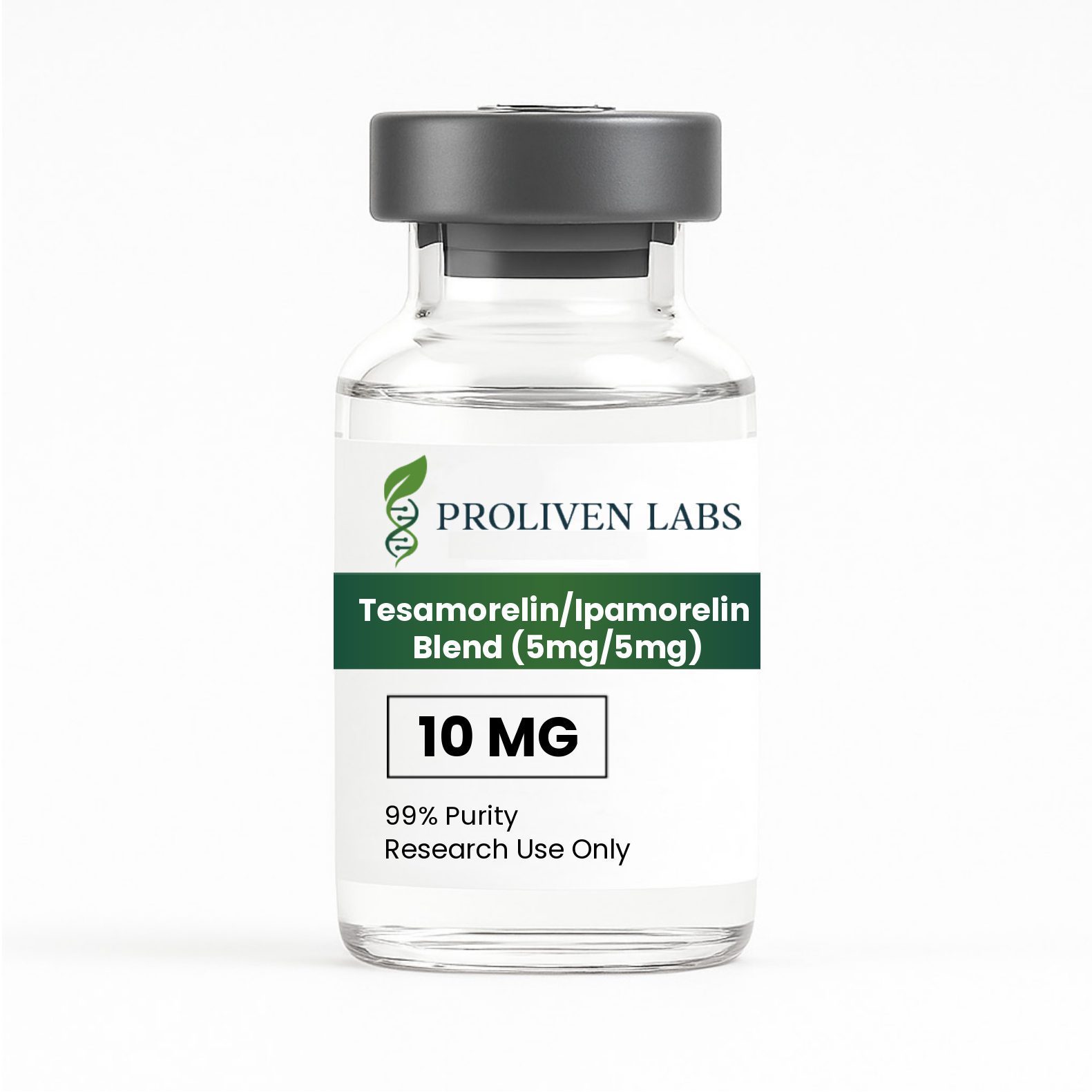
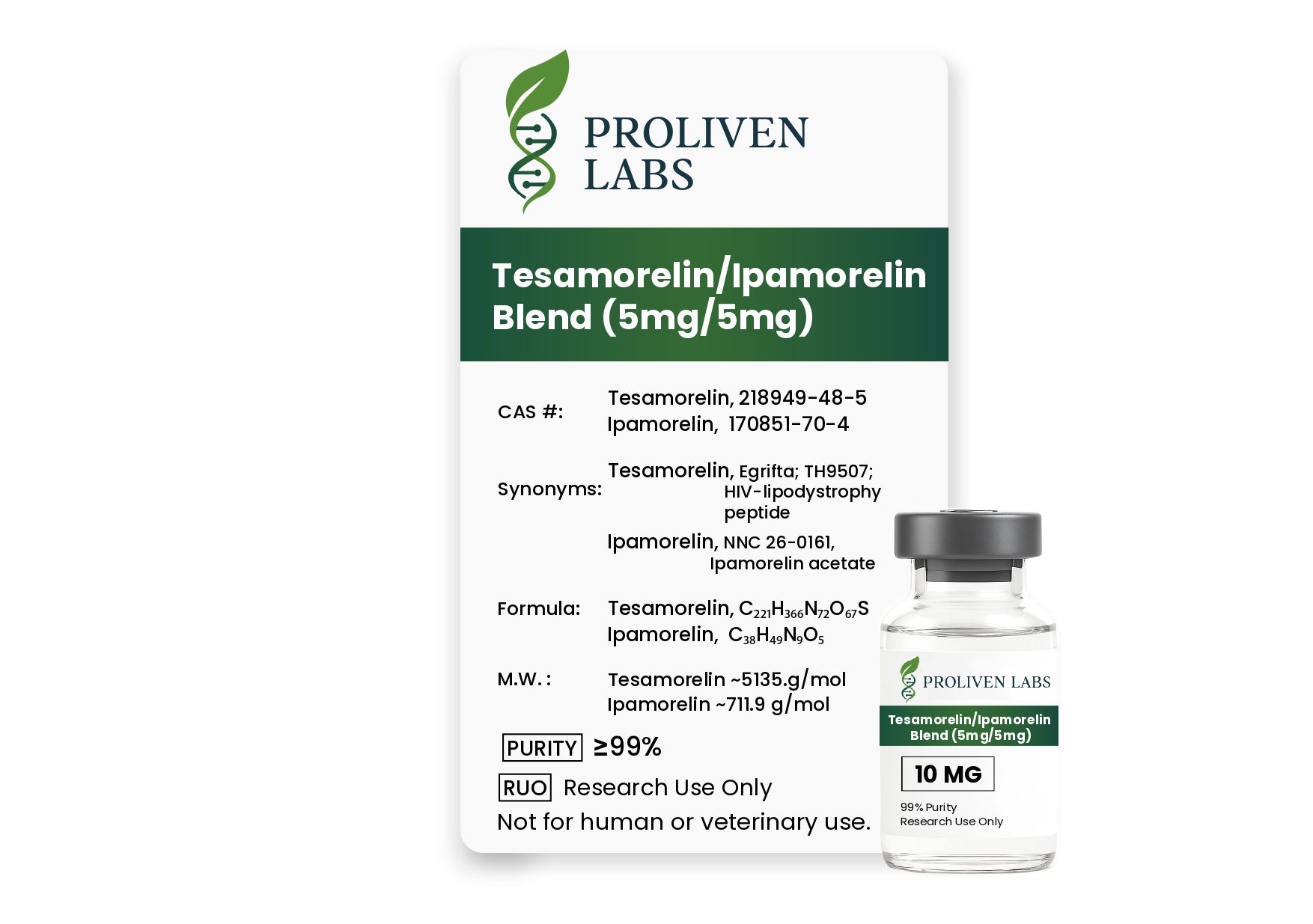
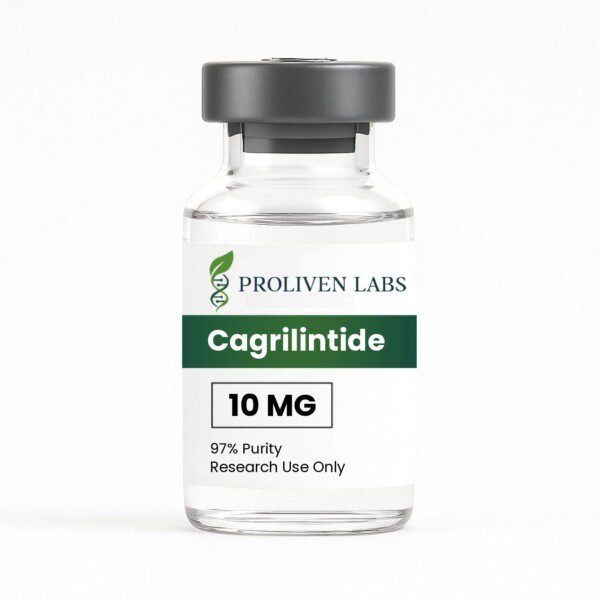
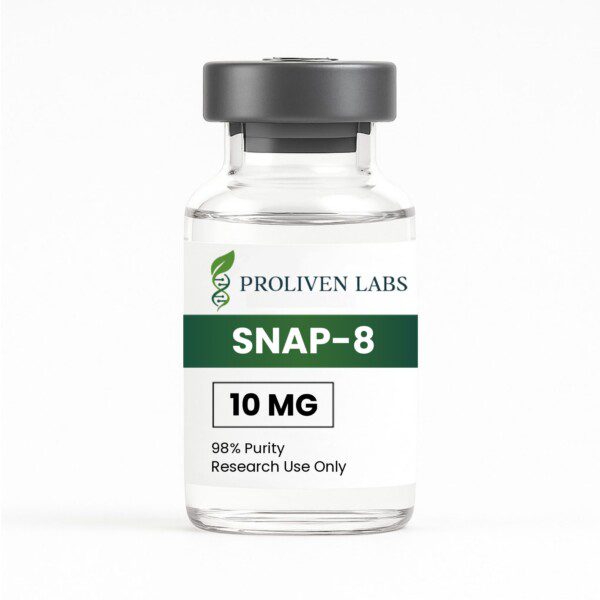
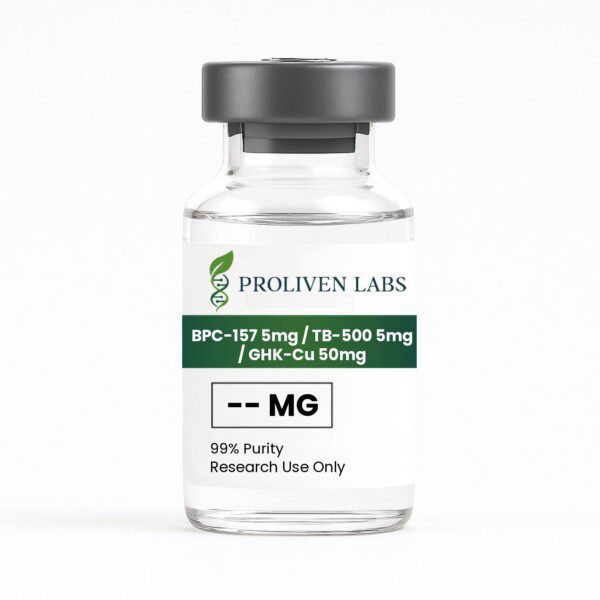
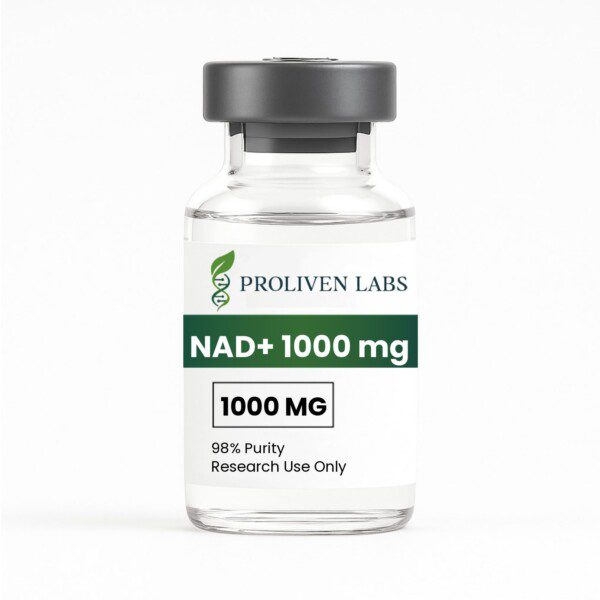
Reviews
There are no reviews yet.